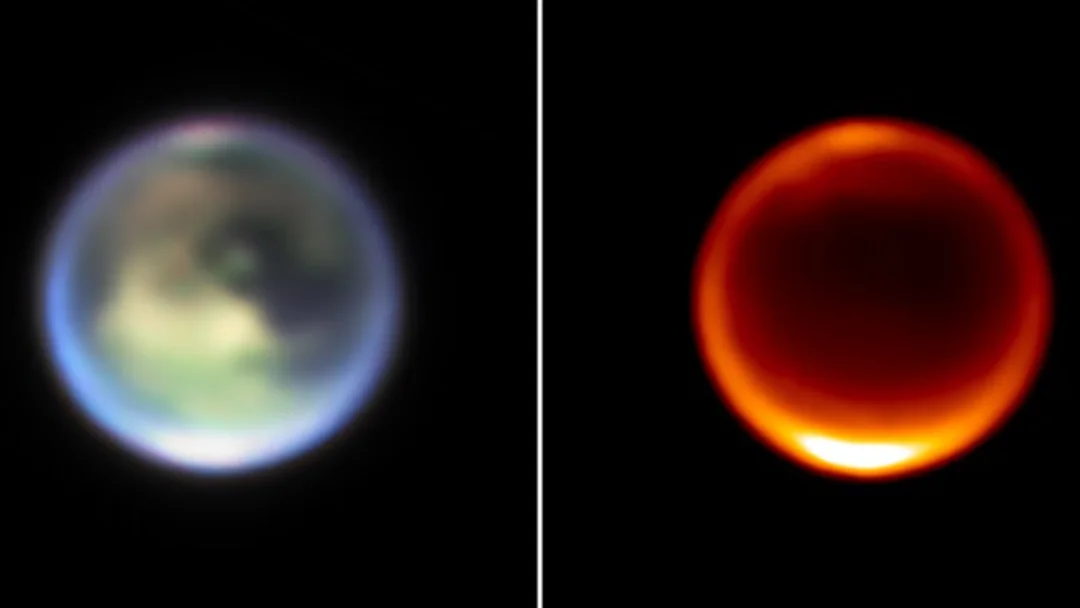
James Webb Telescope Unveils Ghostly Clouds and Key Chemistry on Saturn’s Moon Titan
The James Webb Space Telescope (JWST) continues to astound, this time by peering through the hazy atmosphere of Saturn's largest moon, Titan. Recent observations have unveiled exciting new insights into Titan's weather patterns and atmospheric chemistry, offering a glimpse into a world both alien and surprisingly familiar.
Titan, the second largest moon in our solar system, is unique. As Conor Nixon of NASA's Goddard Space Flight Center puts it, "Titan is the only other place in our solar system that has weather like Earth, in the sense that it has clouds and rainfall onto a surface." But instead of water, Titan experiences a methane cycle, with lakes and seas of liquid methane shaping its landscape.

Webb's observations, conducted in November 2022 and July 2023, revealed the first evidence of cloud convection in Titan's northern hemisphere. This crucial discovery, aided by telescopes at the W.M. Keck Observatory in Hawaii, shows that warmer air rises, carrying moisture upward to form clouds. Clouds had been observed in Titan's southern hemisphere before, but the northern hemisphere, home to most of the moon's lakes and seas, remained a mystery until now.
The data from JWST also uncovered a significant piece of Titan's chemical puzzle: the methyl radical (CH3), a new organic molecule with a "free" electron. Stefanie Milam of the Goddard Space Flight Center poetically describes this discovery: "For the first time we can see the chemical cake while it's rising in the oven, instead of just the starting ingredients of flour and sugar, and then the final, iced cake." This molecule is key to understanding the chemical processes occurring in Titan's methane-rich environment, where sunlight and Saturn's magnetic field break down methane molecules, leading to the formation of more complex organic substances.

While the JWST's findings are groundbreaking, scientists aim to further explore Titan's mysteries with future missions. NASA's planned Dragonfly mission, set to launch in 2028 and arrive on Titan in 2034, will deploy a nuclear-powered octocopter to study the moon's chemistry and potential habitability. As Thomas Cornet from the European Space Agency notes, "Together with ground-based observations, Webb is giving us precious new insights into Titan's atmosphere, that we hope to be able to investigate much closer-up in the future with a possible ESA mission to visit the Saturn system."

The discovery of cloud convection and the methyl radical is just the beginning. What other secrets does Titan hold beneath its hazy atmosphere? Will Dragonfly find signs of prebiotic chemistry, or perhaps even life itself? Share your thoughts and predictions in the comments below!